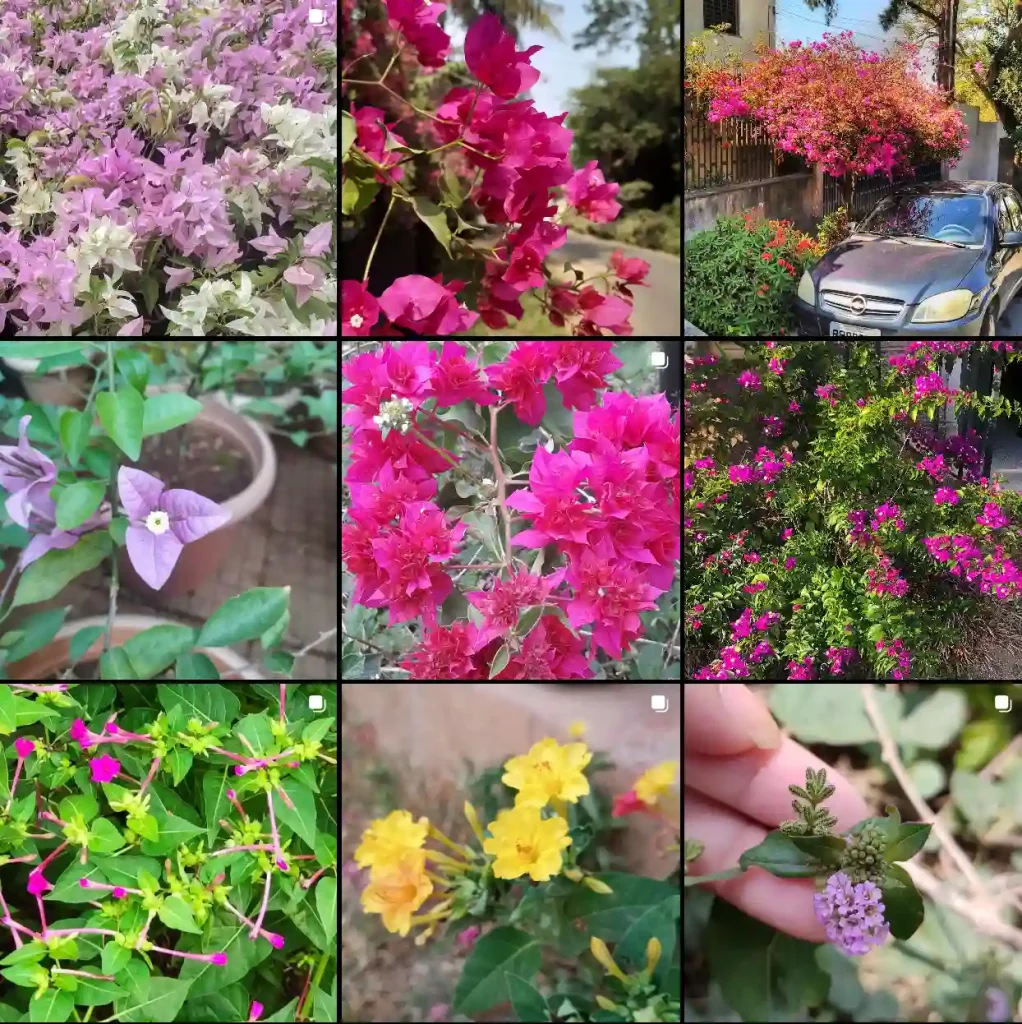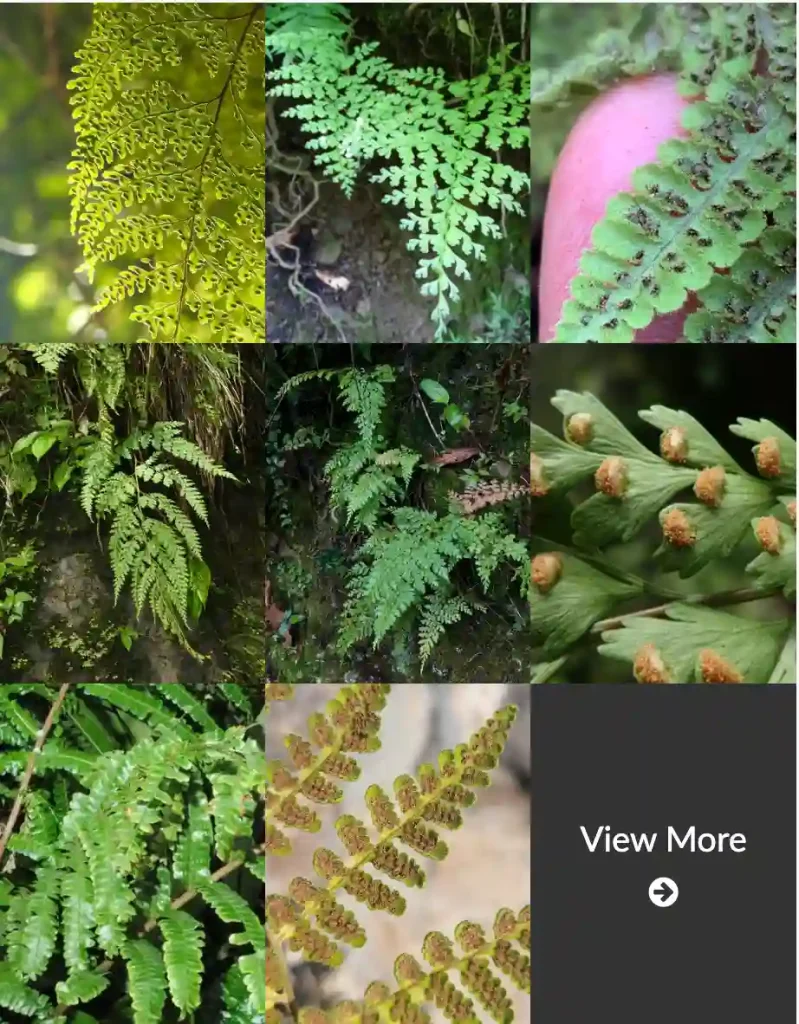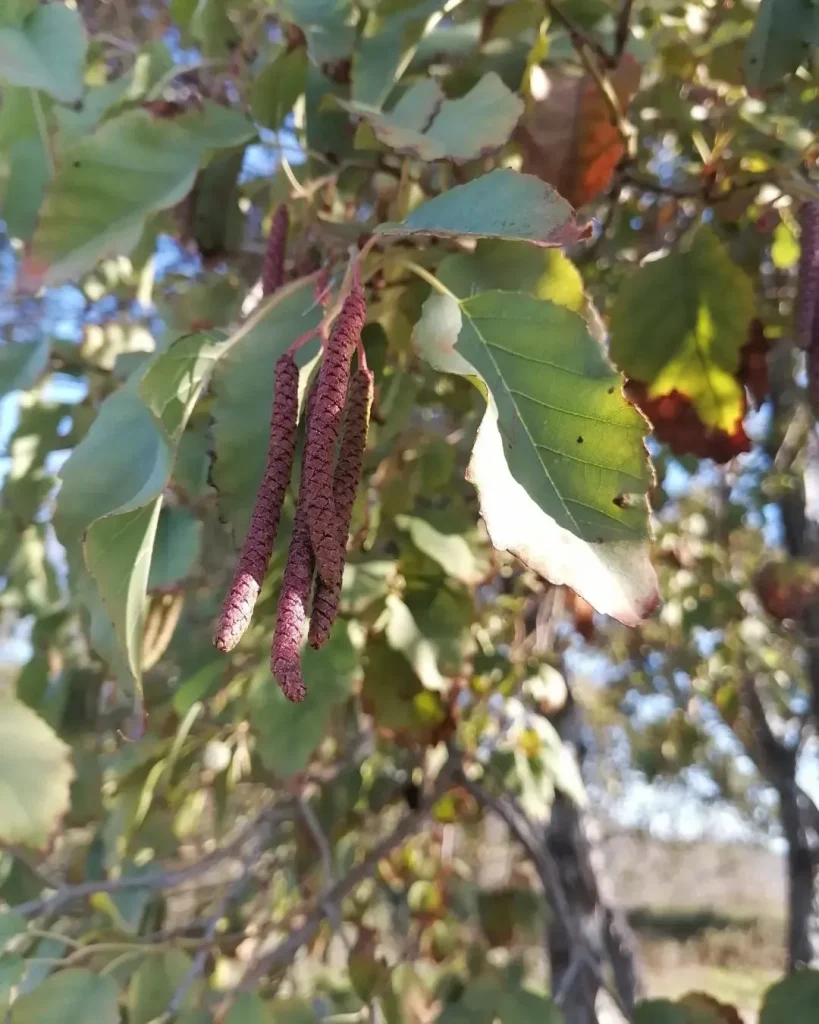Sasa: A World of Subtle Beauty
My name is Ferb Vu, and I’ve always been drawn to the quiet elegance of bamboo. There’s a certain serenity that emanates from a grove of these graceful plants, their culms swaying gently in the breeze. While the towering timber bamboos are impressive, I find myself increasingly captivated by the more diminutive, yet equally fascinating, genus Sasa, belong to the Poaceae family.
Sasa is a genus of running bamboo, primarily hailing from Japan, Korea, and China. Unlike their larger cousins, Sasa species are typically shorter, rarely exceeding six feet in height. They often form dense, spreading colonies, creating a lush, verdant carpet that blankets the forest floor. What truly sets Sasa apart, however, are their leaves. Broad and ovate, they possess a unique texture and often exhibit intricate patterns, adding a touch of artistry to the natural world.
A Closer Look at Sasa
One of the defining characteristics of Sasa is their running growth habit. This means they spread via underground rhizomes, sending up new shoots at intervals. This can make them quite vigorous, and in some cases, even invasive. However, their spreading nature also makes them excellent groundcovers, effectively suppressing weeds and preventing soil erosion.
Another distinctive feature of Sasa is their branching pattern. Unlike many other bamboo genera, Sasa typically has only one branch per node. This gives them a clean, streamlined appearance, further enhancing their understated elegance.
The leaves of Sasa are a study in subtle beauty. They are generally larger and broader than those of other running bamboos, often with a distinctive “checkered” pattern created by the intersecting veins. In some species, the leaf margins develop a striking white or pale yellow border during the winter months, adding a touch of unexpected color to the landscape.
Diversity within Sasa
The genus Sasa encompasses a diverse array of species, each with its own unique characteristics. Here are:
- Sasa cernua Makino
- Sasa chartacea (Makino) Makino & Shibata
- Sasa elegantissima Koidz.
- Sasa fugeshiensis Koidz.
- Sasa gracillima Nakai
- Sasa hainanensis C.D.Chu & C.S.Chao
- Sasa hayatae Makino
- Sasa heterotricha Koidz.
- Sasa hibaconuca Koidz.
- Sasa jotanii (Kenji Inoue & Tanim.) M.Kobay.
- Sasa kagamiana Makino & Uchida
- Sasa kurilensis (Rupr.) Makino & Shibata
- Sasa magnifica (Nakai) Sad.Suzuki
- Sasa megalophylla Makino & Uchida
- Sasa miakeana Sad.Suzuki
- Sasa minensis Sad.Suzuki
- Sasa nipponica (Makino) Makino & Shibata
- Sasa occidentalis Sad.Suzuki
- Sasa palmata (Burb.) E.G.Camus
- Sasa pubens Nakai
- Sasa pubiculmis Makino
- Sasa pulcherrima Koidz.
- Sasa rubrovaginata C.H.Hu
- Sasa samaniana Miyabe & Kudô
- Sasa scytophylla Koidz.
- Sasa senanensis (Franch. & Sav.) Rehder
- Sasa septentrionalis Makino
- Sasa shimidzuana Makino
- Sasa subglabra McClure
- Sasa subvillosa Sad.Suzuki
- Sasa suzukii Nakai
- Sasa takizawana Makino & Uchida
- Sasa tatewakiana Makino
- Sasa tenuifolia Nakai
- Sasa tokugawana Makino
- Sasa tsuboiana Makino
- Sasa tsukubensis Nakai
- Sasa veitchii (Carrière) Rehder
- Sasa yahikoensis Makino
The Allure of Sasa
For me, the appeal of Sasa lies in its understated beauty and its ability to evoke a sense of tranquility. These plants don’t demand attention with showy flowers or towering stature. Instead, they offer a quiet presence, a subtle reminder of the beauty that can be found in the simplest of things.
Whether used as a groundcover, a specimen plant, or simply as a backdrop for other garden elements, Sasa brings a touch of understated elegance to any landscape. Its ability to create a sense of peace and serenity makes it a welcome addition to any garden, providing a refuge from the hustle and bustle of everyday life.
In a world that often seems to value the loud and the flamboyant, Sasa stands as a testament to the power of subtlety. It is a reminder that true beauty can be found in the quiet corners, in the delicate details, and in the understated elegance of the natural world.
If i die, water my plants!



